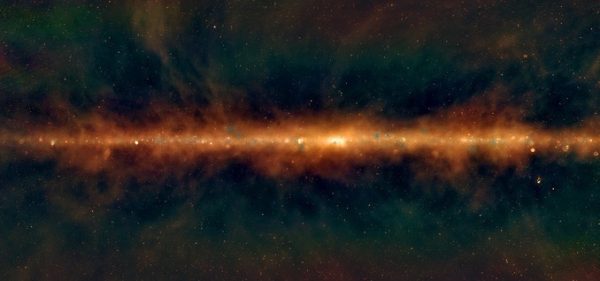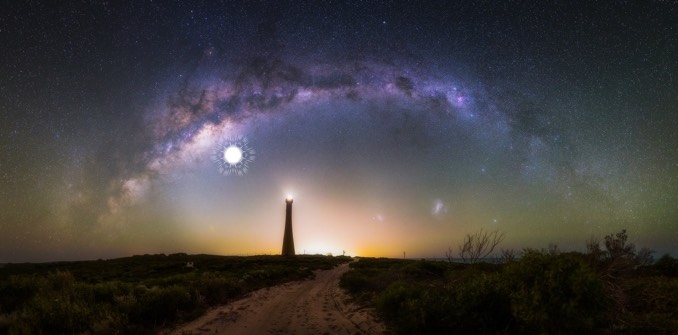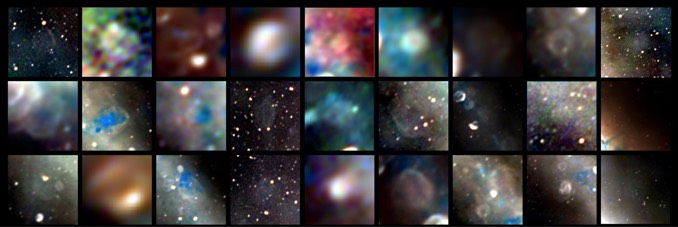Radio telescope spots 27 previously unknown supernova remnants – Astronomy Now Online

Astronomers using the Murchison Widefield Array in the Western Australian outback have captured a dramatic view of the Milky Way showing how the central regions of the galaxy would appear to eyes sensitive to low-frequency radio waves.
The image, based on data collected for the GaLatic and Extragalactic All-sky MWA survey, or GLEAM, allowed astronomers to find at least 27 previously unknown remnants of massive stars that exploded in supernova blasts. The survey has a resolution similar to that of the human eye using radio wavelengths between 72 and 231 MHz.

One of the newly discovered remnants was found in a relatively empty region, well out of the plane of the galaxy.
“It’s the remains of a star that died less than 9,000 years ago, meaning the explosion could have been visible to Indigenous people across Australia at that time,” said Natasha Hurley-Walker, a researcher with the International Centre for Radio Astronomy Research (ICRAR).
Duane Hamacher, an expert in cultural astronomy at the University of Melbourne, said Aboriginal traditions do, in fact, mention bright, new stars appearing in the night sky but there is no definitive evidence tying any observations to the supernova in question.
“However, now that we know when and where this supernova appeared in the sky, we can collaborate with Indigenous elders to see if any of their traditions describe this cosmic event,” he said. “If any exist, it would be extremely exciting.”

The MWA is a precursor to the Square Kilometre Array that will be built in Australia and South Africa in the 2020s. Hurley-Walker said the radio image of the galaxy’s core provides a hint of things to come with the SKA.
“The low-frequency part of the SKA, which will be built at the same site as the MWA, will be thousands of times more sensitive and have much better resolution,” she said. “So it should find the thousands of supernova remnants that formed in the last 100,000 years, even on the other side of the Milky Way.”
The new radio image can be compared with the view at a variety of wavelengths using the GLEAMoscope application.





